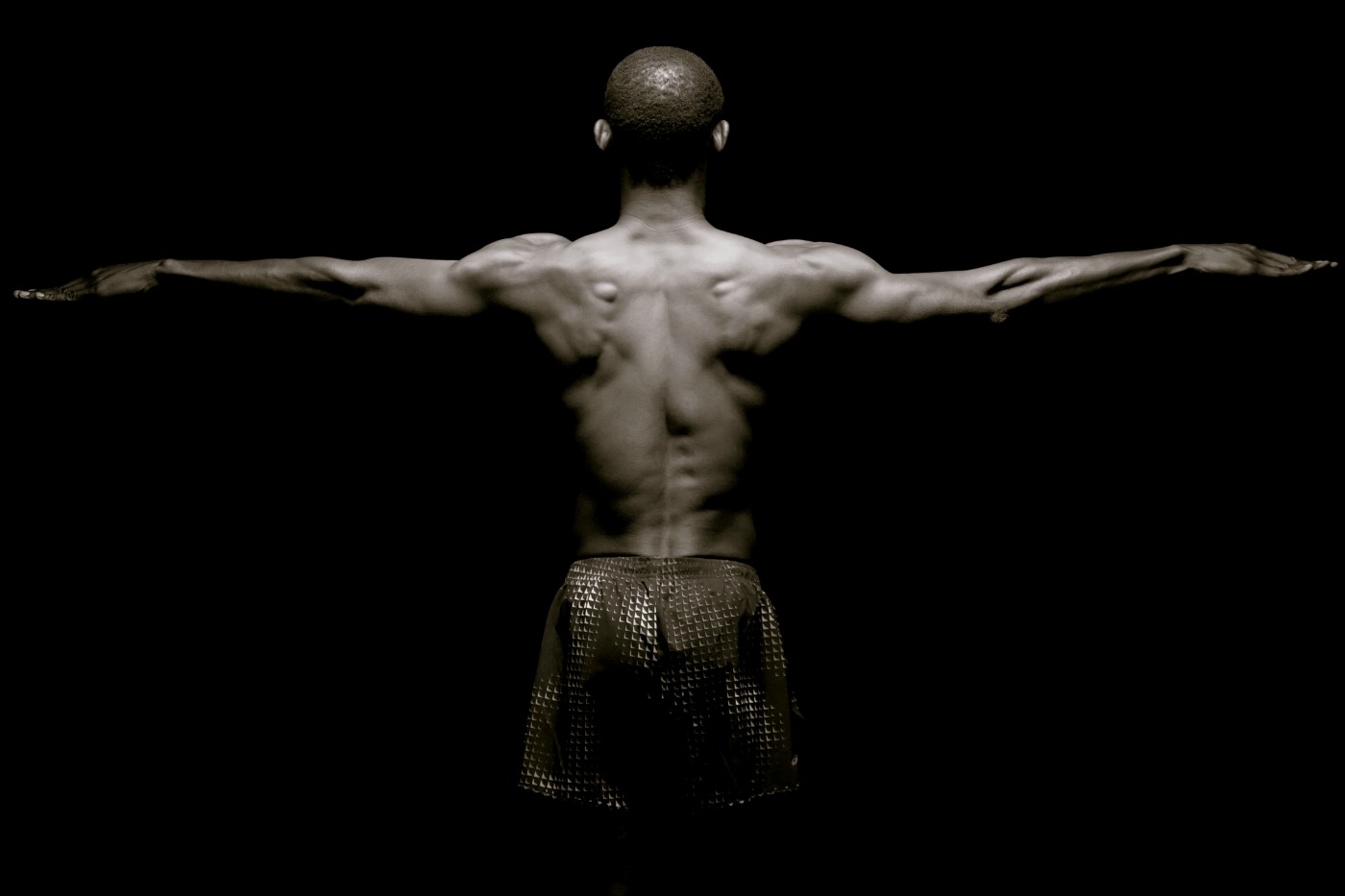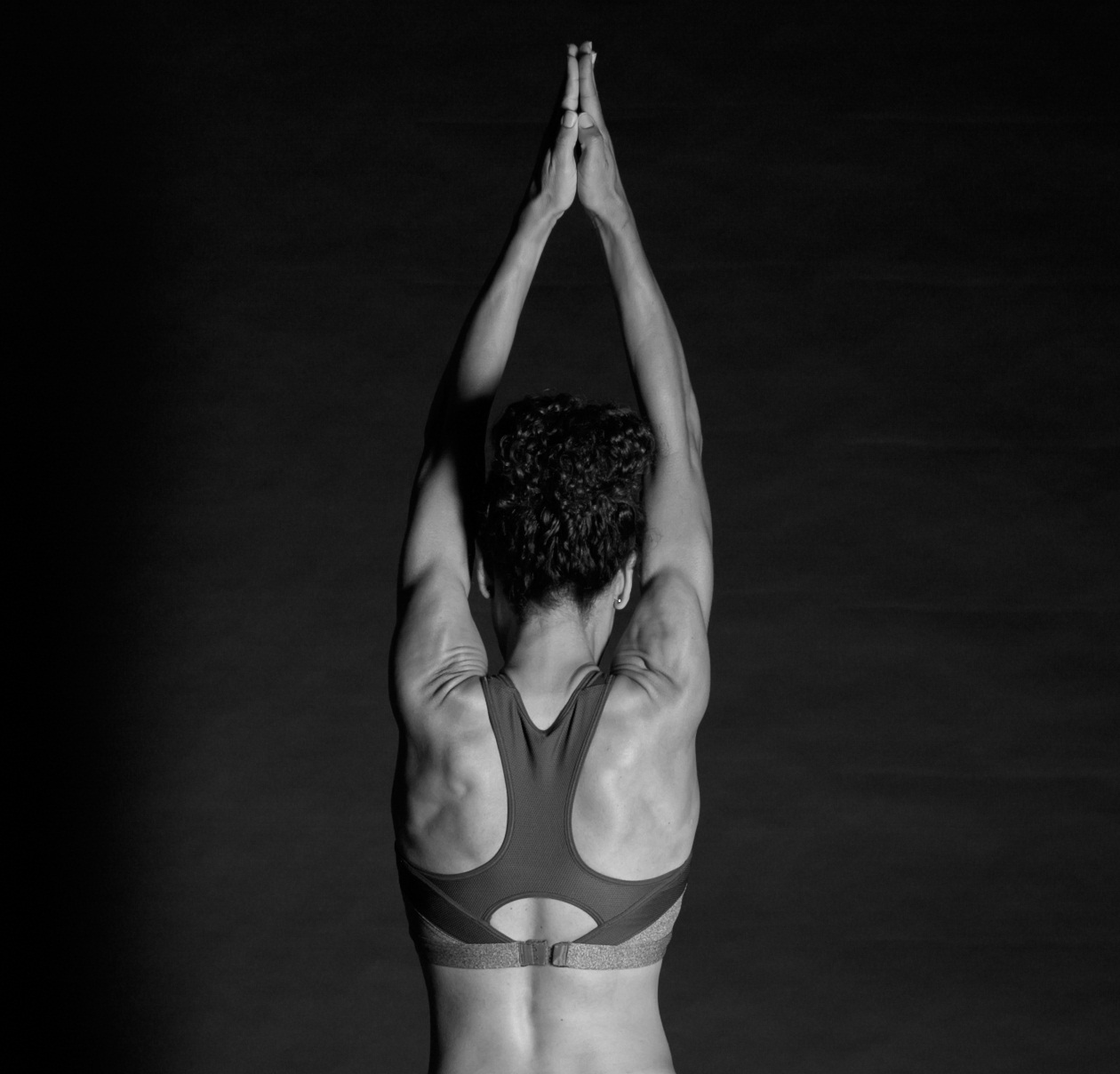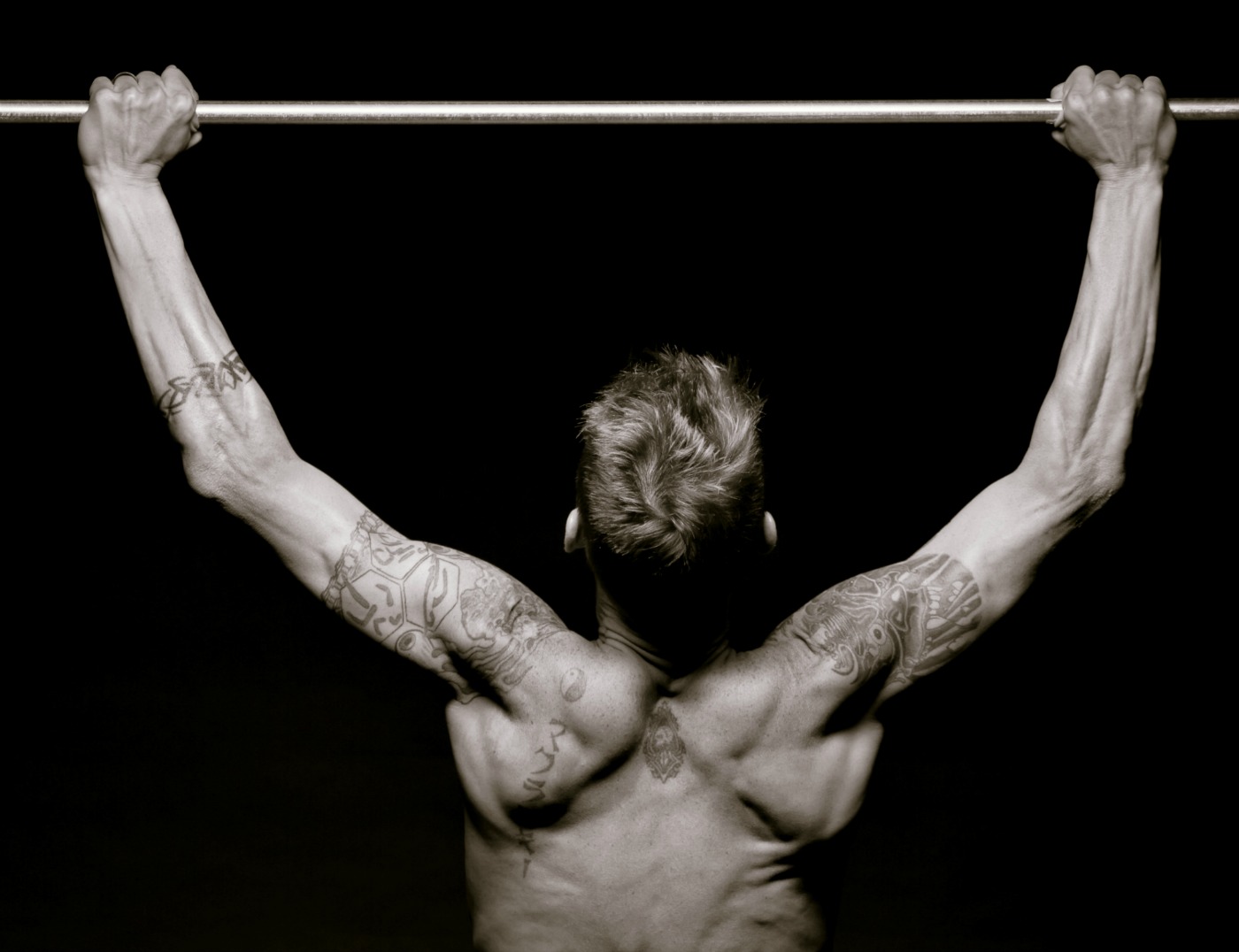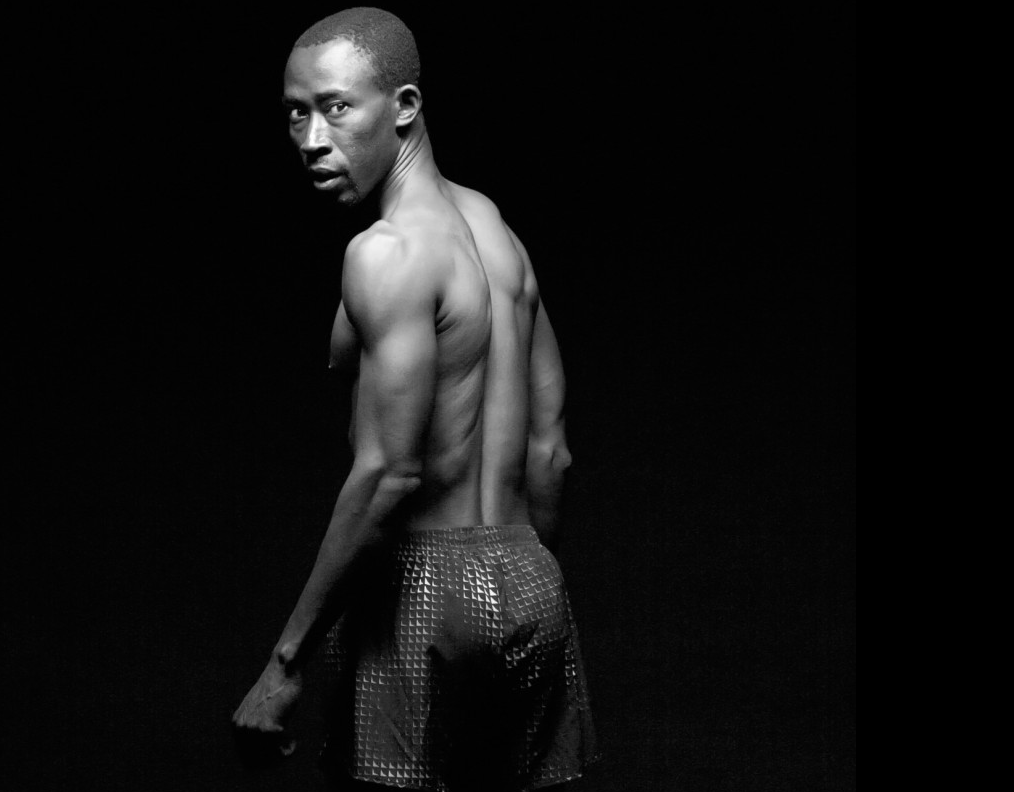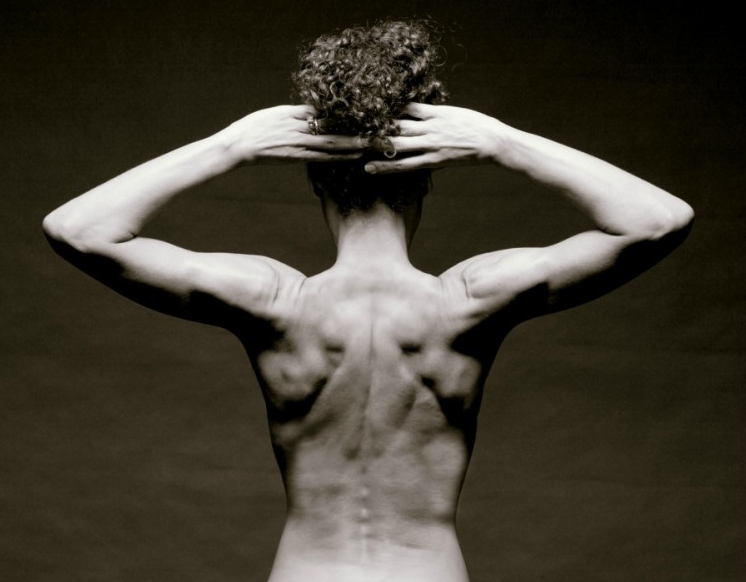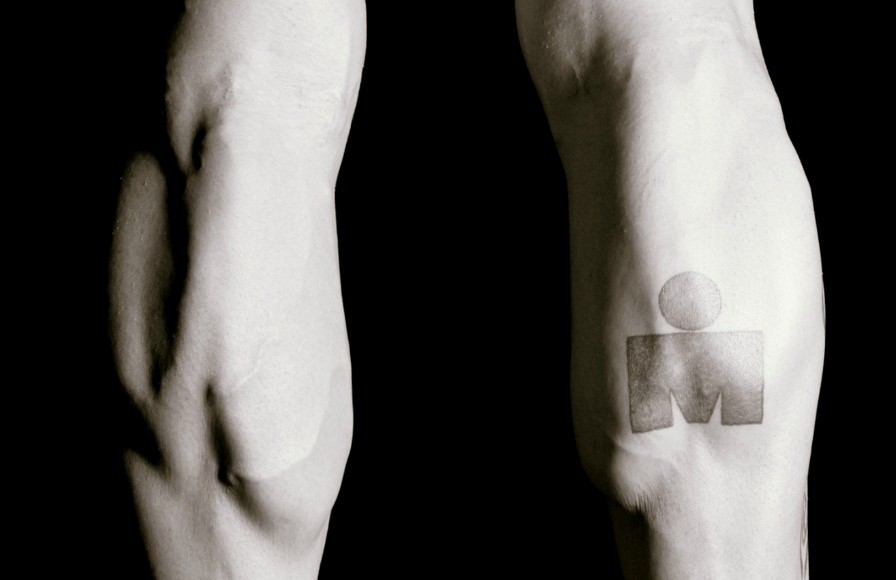There are scientific reasons for working out. Know them, practice them and get leaner and stronger than ever.
It’s a new year, with means new resolutions, new shoes and plenty of shiny new gym memberships. But sometimes it seems like resolutions are simply empty promises. According to a study published in the Journal of Clinical Psychology in 2012, the number one resolution is to lose weight, with the fifth most popular resolution being staying fit and healthy. Forty-five percent of Americans make resolutions and only eight percent of those are actually successful at keeping those resolutions.
Obviously, we’re doing something wrong.
Perhaps the issue here is the focus – we are all guilty of the allure of vanity, lusting after cut biceps and toned abs. But chiseled muscles don’t happen overnight and vanity is a beast that needs near-constant feeding. What if instead of making resolutions because we wanted to look better, we chose to be fit based on the science behind it? What benefits do common exercises hold for us beyond the promise of a beautiful body?
Click through the slides to see.
Get A Grip
Embrace the pull-up. It’s not easy, but the grip strength you get from exercises such as these actually has an impact on your whole health. A study published by the British Medical Journal in 2012 followed male adolescents over a period of 24 years and found a link between high muscular strength in adolescence and a lowered risk of death due to cardiovascular disease. How did they test that strength? Grip strength and knee extensions. Grab a friend and get pulling (up) –why with a friend? Read on.
Better Together
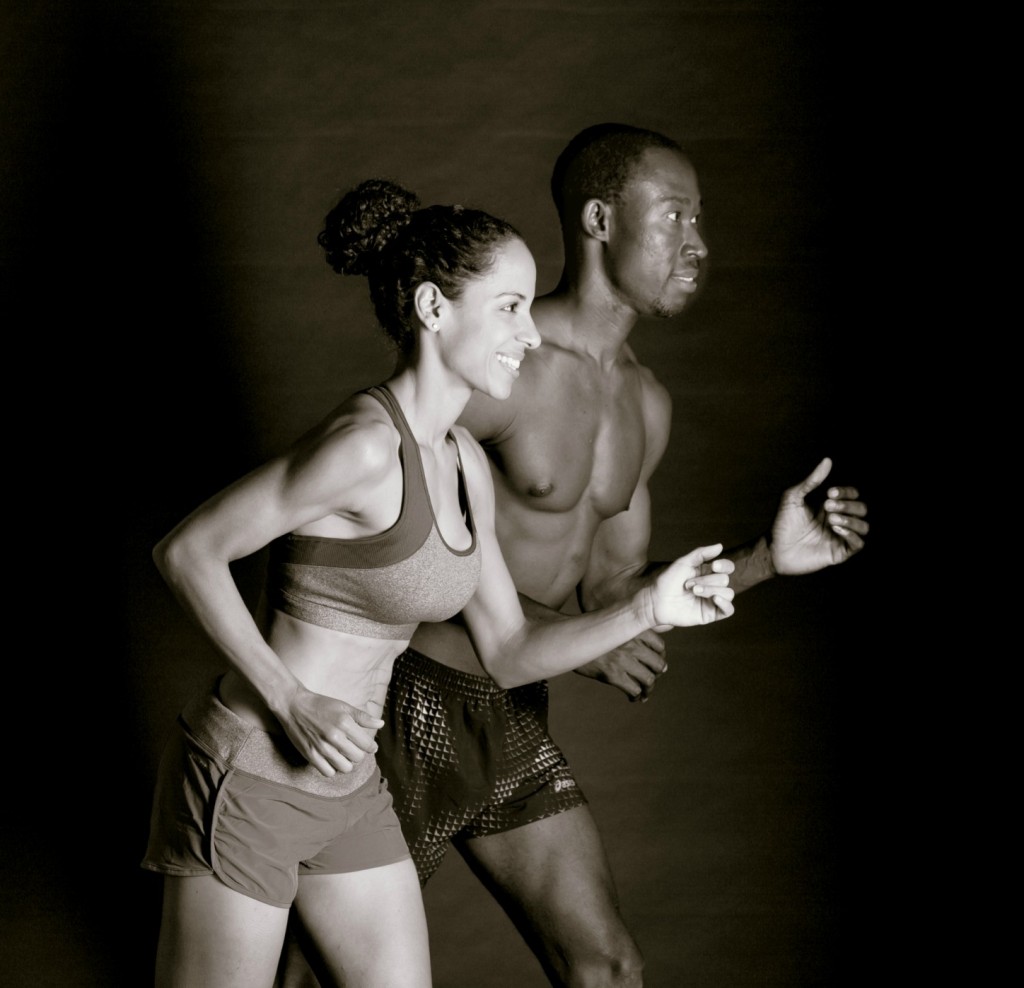 Why go it alone when two is truly better than one when it comes to working out. A 2011 Santa Clara University study showed that exercising with a friend provides positive psychological and mood benefits, and improves performance. Participants worked harder and reported being more tired after working out with a friend versus when they worked out alone. Prefer to go solo? That’s okay too. The same study showed those who trained by themselves were increasingly calm after a workout than their paired-up counterparts. Whether you go it alone or plank with a pal, there are benefits, so long as you’re moving.
Why go it alone when two is truly better than one when it comes to working out. A 2011 Santa Clara University study showed that exercising with a friend provides positive psychological and mood benefits, and improves performance. Participants worked harder and reported being more tired after working out with a friend versus when they worked out alone. Prefer to go solo? That’s okay too. The same study showed those who trained by themselves were increasingly calm after a workout than their paired-up counterparts. Whether you go it alone or plank with a pal, there are benefits, so long as you’re moving.
Pound Some Pavement
Running damages your joints, right? Perfect excuse not to run. The problem is, that’s a fallacy. A 2007 study published in Arthritis and Rheumatism found that, while the general belief is that osteoarthritis is a result of wear-and-tear, the opposite is actually true. Instead of running damaging your joints, the impact can actually increase cartilage volume. So lace up, there’s no excuse not to.
Hold It
Take the plank challenge, not just because it’s all over social media, but because strong shoulders help keep your upper body relaxed and aid your arms in propelling you forward, even while simply walking. But most importantly, shoulder strength helps open your chest so you can breathe more efficiently. Increased oxygen intake helps boost performance in both athletics and daily life. Scoffing at those social media challenges? They actually work. An early 2013 study completed by the University of Massachusetts Medical School found that among those that took the plank challenge, 72 percent completed one month and 47 percent went on to complete two months, and all reported that they felt encouraged to continue by the support they received from friends. Most importantly, they felt that they came to enjoy planking. Hard to believe? Yes. But that’s even more reason to get planking.
Hard Core
Your core may not be as strong as you think. A 2013 study completed at the Medical School of Hannover in Germany found that core strength (abdominal, hip, and lower back muscles) is not just essential for stability, but was also the one area that began to weaken as athletes focused on training for triathlon, volleyball, or soccer (the three sport covered in the study). Ask anyone who has been injured, and the first thing their physical therapist assigned was core exercises. It’s not just about getting a six-pack, it’s about strengthening your hip, lower back, and abdominal muscles so you can stabilize your body and move with ease. Be strong, be stable, and be focused by implementing core work this year.
Back to Basics
Yes, squats will tone your butt and thighs but, and this is key, squats also build muscles that help your body move more efficiently. In other words, doing squats can increase your mobility. A July 2013 study in the Journal of Rehabilitation Medicine linked squats with improved balance in women with fibromyalgia when used as part of a traditional exercise program. And back extensions are an important part of your mobility as well. A strong lower back is essential to help you rotate as you swim, run, or even walk each step of your day. Get your sexy back and booty, but more importantly, prevent falls and keep moving forward for years to come.
Spin to Win
Cycling doesn’t just give you killer quads and calves and the ability to wear spandex to Starbucks, it is also linked to improved mental health. A 2007 Journal of Occupational Health study linked cycling (both as a hobby, and as a way to commute to work) with better mental health for men. Over 600 participants—both male and female—were surveyed, with participants logging their exercise and leisure cycling miles along with completing a general health questionnaire (GHQ). It was found that the GHQ scores in men decreased with their increased cycling mileage—for this test a lower GHQ score was better—indicating increased level of mental health.
A Better Body, It’s Not a Stretch
Though the research is still in the early stages, small trials have linked Hatha yoga (asanas and controlled breathing and meditation) with reduced high blood pressure and lowered cardiovascular risks. Research from the Harvard Medical School has shown that using yoga can ease heart palpitations and enhance cardiac rehab. We’ll sun salutation to that.

